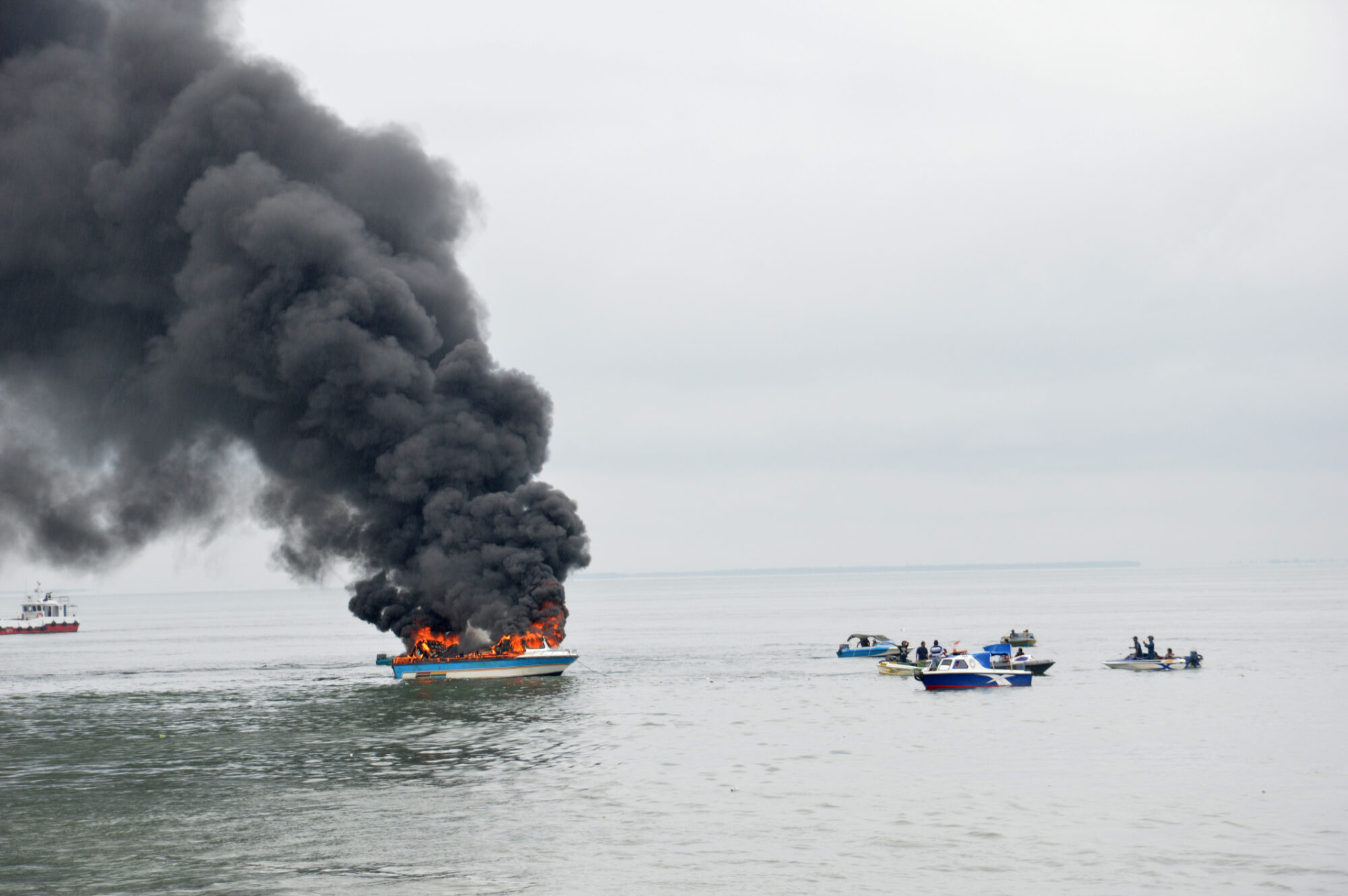Boating Safety: The Importance of a US Coast Guard Approved Fire Extinguisher
When it comes to boating, safety should always be your top priority. While we often think about life jackets, navigation rules, and weather conditions, one crucial safety tool that sometimes gets overlooked is the fire extinguisher. Having a US Coast Guard-approved fire extinguisher on board is not just a regulatory requirement; it’s a vital piece of safety equipment that can save lives and protect your vessel.
Why You Need a Fire Extinguisher on Board
Fires on boats can start quickly and spread rapidly due to the presence of flammable materials and confined spaces. Here are some common causes of boat fires:
- Fuel Leaks: Gasoline and other fuels are highly flammable.
- Electrical Malfunctions: Faulty wiring or equipment can cause sparks.
- Galley Fires: Cooking appliances and open flames pose risks.
A fire extinguisher allows you to tackle these emergencies promptly, preventing the fire from escalating and giving you valuable time to get everyone to safety.
Types of Fire Extinguishers
The US Coast Guard classifies fire extinguishers based on the type of fire they are designed to combat. Here are the primary types:
- Class A: For ordinary combustibles such as wood, paper, and cloth.
- Class B: For flammable liquids like gasoline, oil, and grease.
- Class C: For electrical fires involving wiring, circuits, and appliances.
For boating, a multi-purpose extinguisher (Class ABC) is generally recommended because it can handle various types of fires.
US Coast Guard Requirements
The US Coast Guard has specific requirements for fire extinguishers on recreational boats. The number and type of extinguishers needed depend on the size and type of your vessel:
- Boats Less Than 26 Feet: At least one B-I type extinguisher.
- Boats 26 to 40 Feet: At least two B-I type extinguishers or one B-II type extinguisher.
- Boats 40 to 65 Feet: At least three B-I type extinguishers, or one B-I and one B-II type extinguisher.
It’s important to ensure that your fire extinguishers are US Coast Guard-approved, which means they meet specific standards for effectiveness and reliability.
Proper Placement and Maintenance
Having a fire extinguisher on board is only effective if it’s easily accessible and well-maintained. Here are some tips for proper placement and upkeep:
- Accessible Locations: Place fire extinguishers in easily reachable locations, such as near the helm, in the galley, and in the engine compartment.
- Regular Inspections: Check your extinguishers monthly to ensure they are charged and in good condition. Look for any signs of damage, corrosion, or leakage.
- Professional Servicing: Have your extinguishers serviced by a professional according to the manufacturer’s recommendations. Replace any extinguishers that have been discharged or are no longer functional.
- Know How to Use Them: Ensure that everyone on board knows how to operate the fire extinguishers. The PASS method (Pull the pin, Aim at the base of the fire, Squeeze the handle, and Sweep from side to side) is a simple and effective way to remember how to use them.
Here is a video that I took about an hour after about a 45ft boat burned and sunk to the bottom.
Final Thoughts
Boating is a fantastic way to enjoy the water, but it comes with responsibilities. Having a US Coast Guard-approved fire extinguisher on board is a critical safety measure that should not be overlooked. By understanding the types of fires that can occur, meeting regulatory requirements, and ensuring proper placement and maintenance of your extinguishers, you can help protect yourself, your passengers, and your vessel.
Remember, preparation and awareness are key to a safe and enjoyable boating experience. Make sure your boat is equipped with the necessary safety equipment, and take the time to educate yourself and your crew on how to use it. Safe boating is responsible boating, and having a fire extinguisher on board is an essential part of that responsibility.
Stay safe, stay prepared, and enjoy your time on the water!
Site created by Steve Stedman of Stedman Solutions, llc.